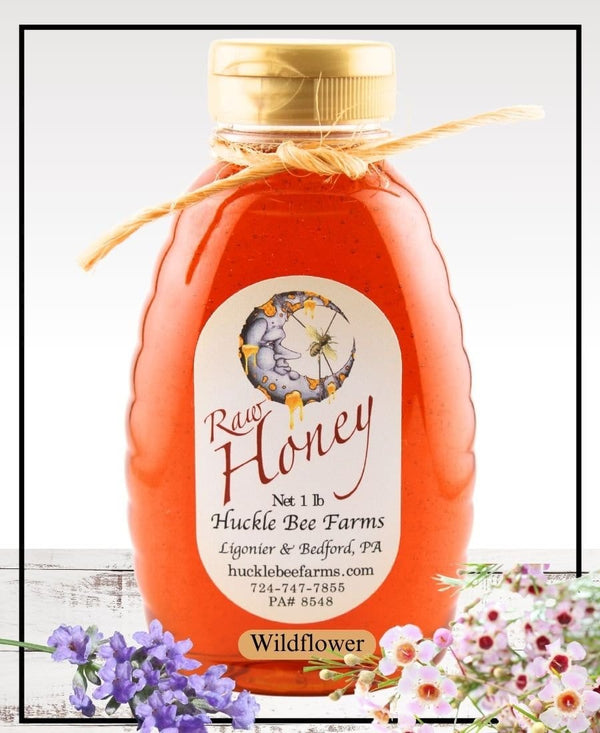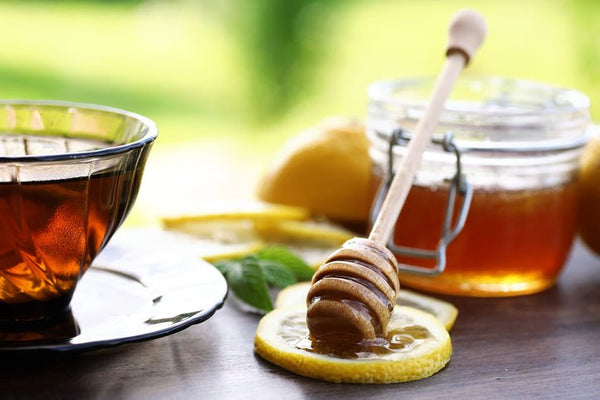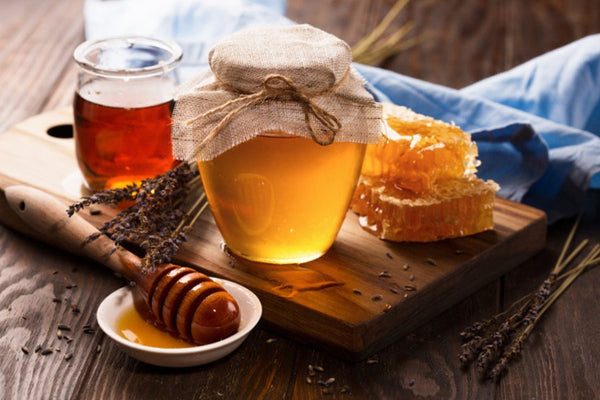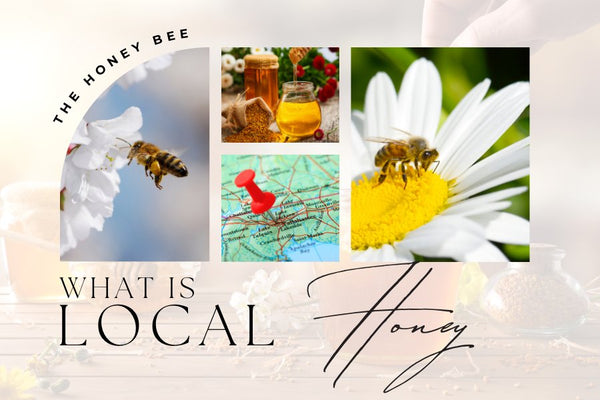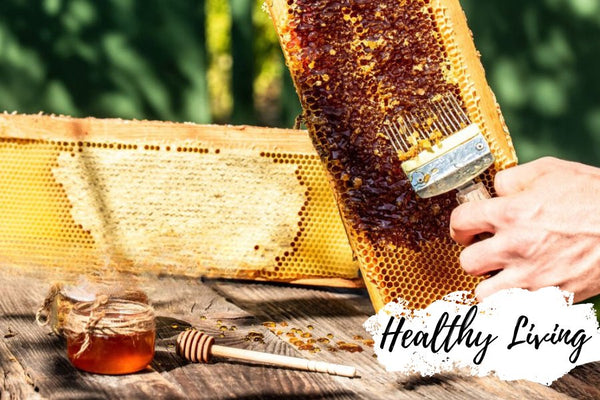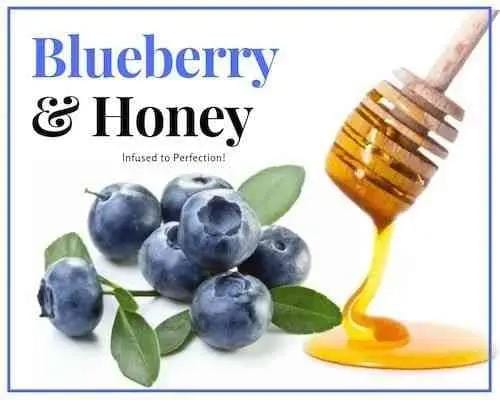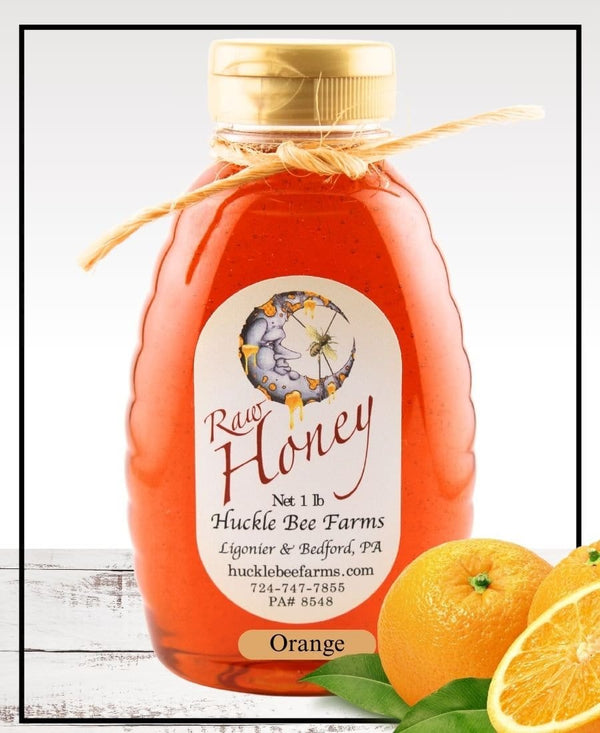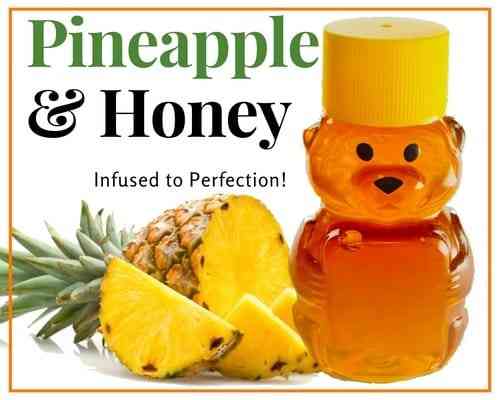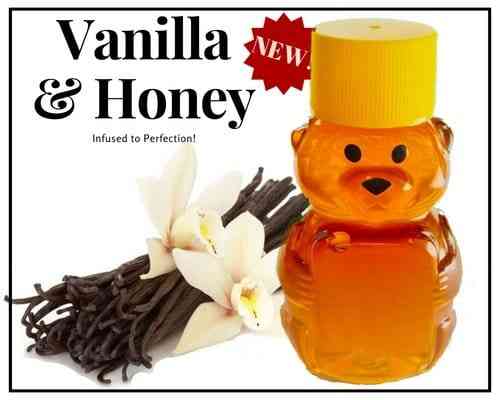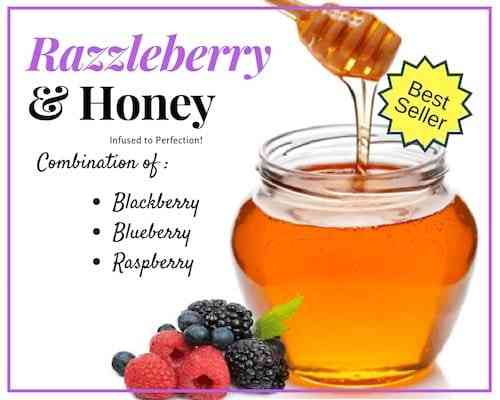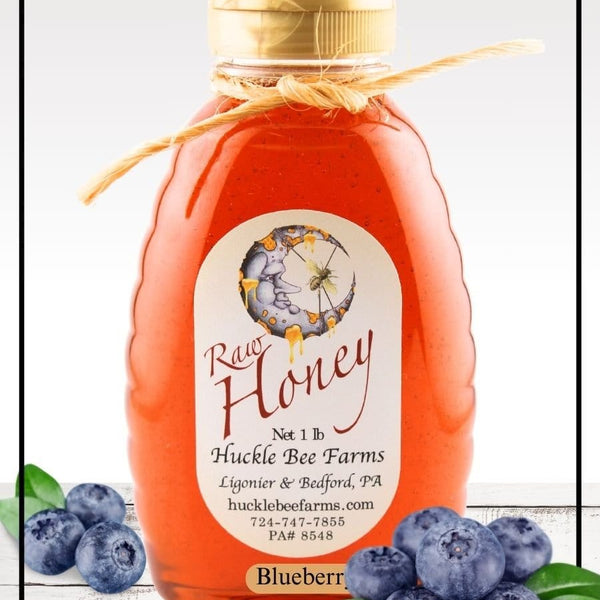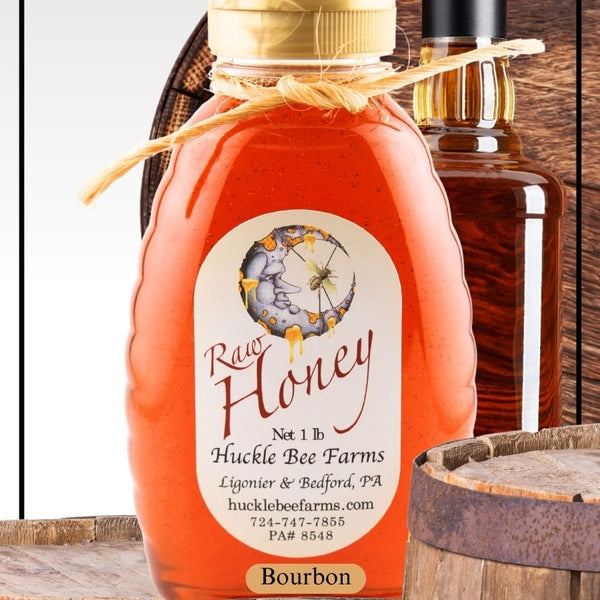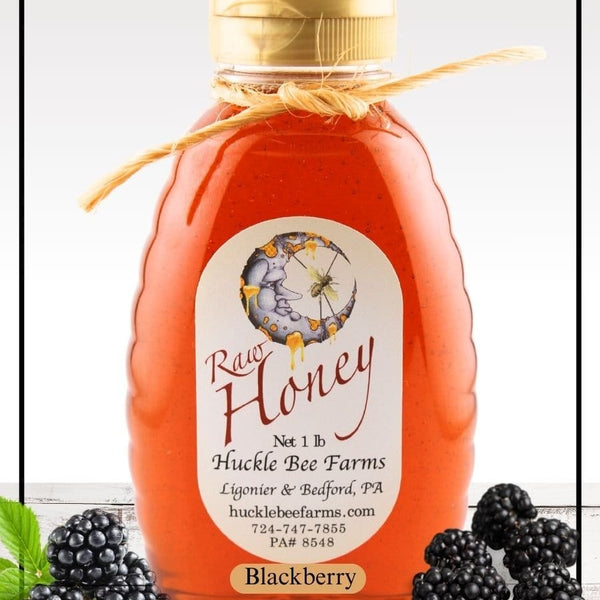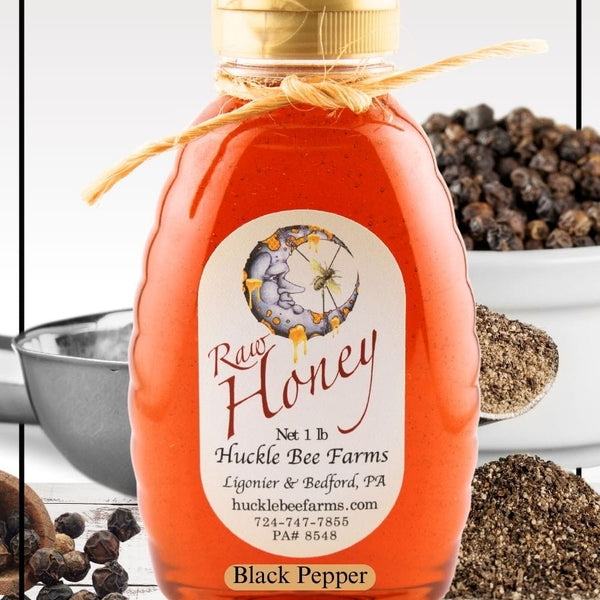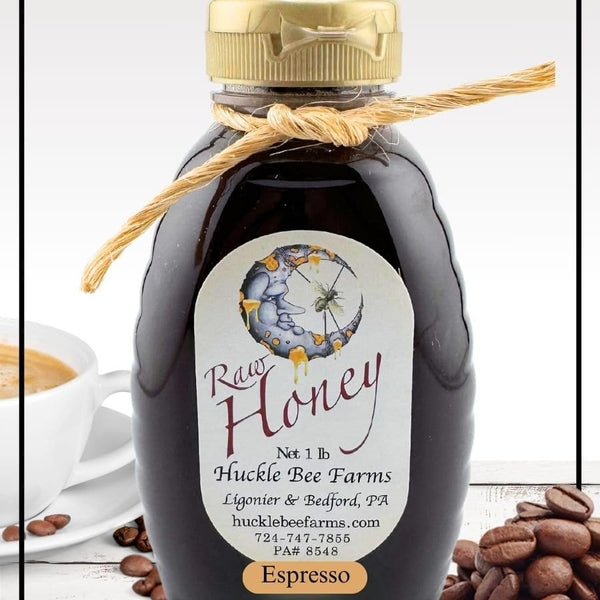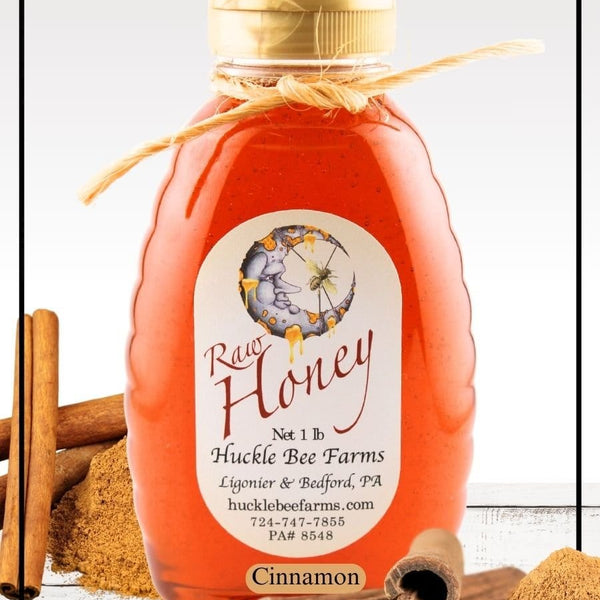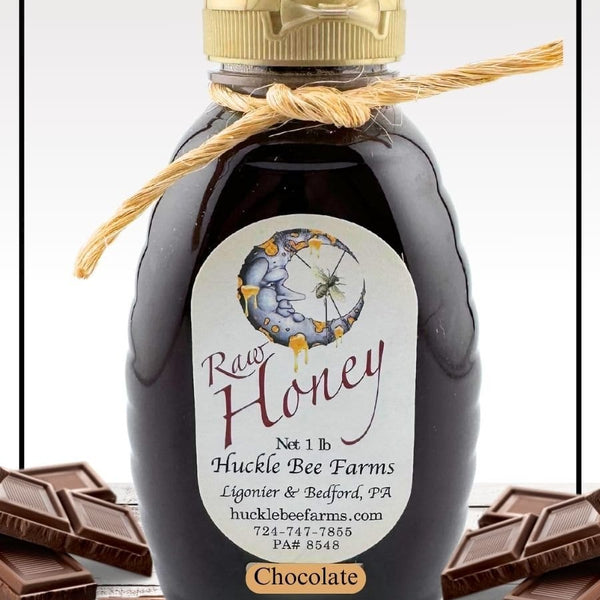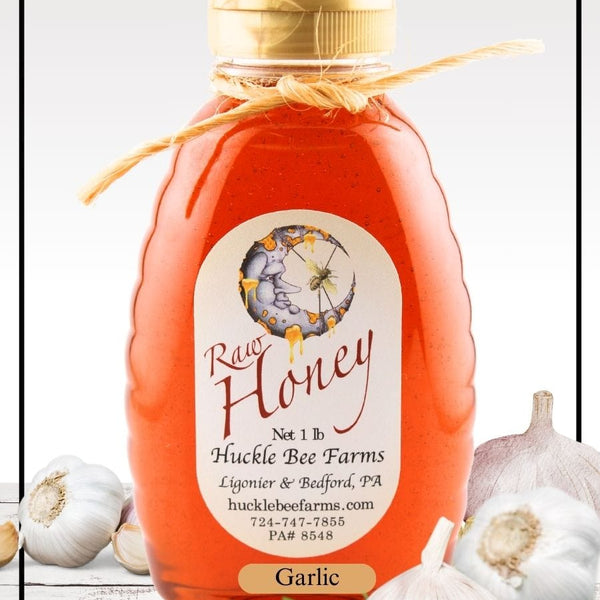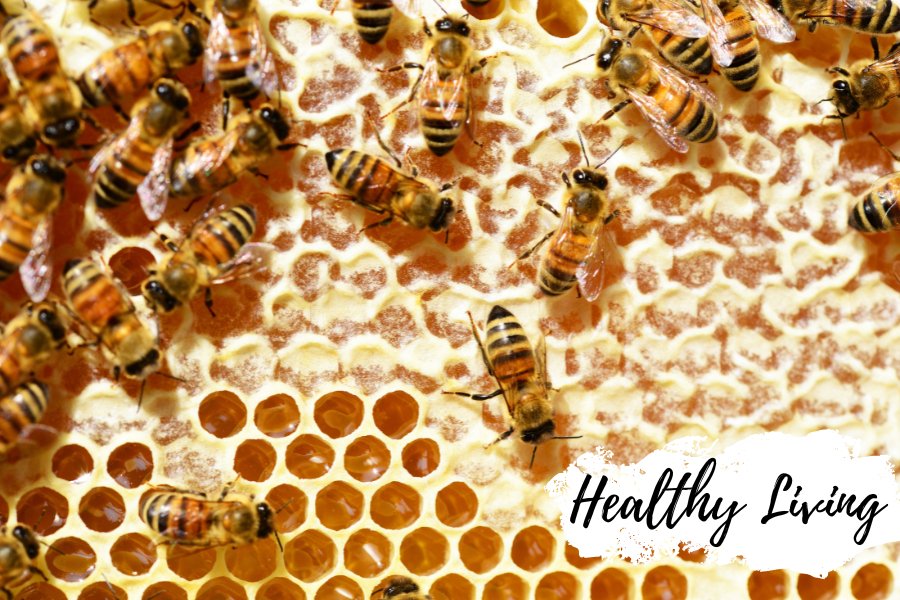
Raw Honey: A Bee-Made Marvel
What is Raw Honey
Nestled in the intricate cells of a honeycomb, a golden treasure awaits discovery. This magical substance is none other than raw honey, nature's liquid gold, produced by hardworking honey bees. But how does this sweet nectar transform into a jar of honey? Join us on this fascinating journey from flower to hive to table.
The Incredible Journey of Honey Bees
It all commences with the humble honey bee. These industrious insects embark on a quest for nectar, often journeying as far as five miles from their home base. During their journey, bees visit up to 100 flowers to collect nectar for making honey.
Honey bees have a special enzyme in their stomachs. This enzyme helps turn nectar into honey. Honey bees are important in the honey-making process.
The transformation process of tiny creatures making honey shows how amazing nature is. The teamwork and hard work of these small creatures are awe-inspiring, highlighting their important role in our ecosystem.


The Secret Behind the Sweetness: Nectar
Nectar, often termed the "ambrosia of the gods," is the cornerstone of honey. Sweet nectar made by plants attracts bees and plays a key role in nature. Essential for pollination and the main ingredient in raw honey. As bees flit from blossom to blossom, they utilize their specialized, tube-like tongues to extract the nectar.
The Magical Transformation: From Nectar to Honey
A bee collects nectar in its honey stomach, then transforms it into honey. Back at the hive, the nectar is passed from bee to bee. This process changes nectar into honey by breaking down complex sugars into simpler forms through enzymatic digestion.
This modified nectar is then strategically deposited into the honeycomb cells by the worker bees. But the transformation doesn't stop there. To reach the consistency and composition of honey, the nectar needs to lose a significant amount of water.
To do this, bees fan the honeycomb with their wings, creating a draft that helps evaporate the excess moisture from the nectar. As the water content decreases, the nectar thickens into a substance we recognize as honey. The final touch is sealing the honeycomb cells with a wax cap, preserving the honey for future consumption.
This transformation is not just a fascinating natural process, but a testament to the amazing abilities of honey bees. Through this process, bees create a nutrient-rich food source, which in turn, gives us the wonderful gift of raw honey.

The Unfiltered Goodness: Raw Honey
Raw, unprocessed honey stands out as superior to other types. Raw honey is natural and unprocessed, unlike regular honey.
Raw honey is natural and unprocessed. It contains important nutrients like enzymes, phytonutrients, and vitamins. These nutrients are beneficial for our health. Regular honey, on the other hand, is not the same as raw honey because it is heated or pasteurized.
Natural nutrients in raw honey improve taste and health benefits, making it a superfood. Raw honey is not just sweet.
It is also packed with nutrients in their natural form. This makes it beneficial for health in more ways than just as a sweetener. With raw honey, what you get is a pure, unadulterated product straight from the hive.
In essence, raw honey is a perfect emblem of the harmony and ingenuity of nature. Bees turn nectar into honey, showing their ability to transform simple ingredients into something special with hard work.
The Nutritional Powerhouse: Health Benefits of Raw Honey
Raw honey is not just sweet, it also has many nutrients that are good for us. It has antioxidants that fight harmful substances in our body, making us healthier. It also has vitamins and minerals that help our immune system and keep our body working well. And there are even more benefits to using raw honey.
Be careful, many US grocery stores in the United States that sell honey claiming to be organic honey but it is actually processed honey. Be cautious when buying. There are no major benefits of honey if been processed or has corn syrup has been add.
Eating raw honey is well-known for its strong germ-fighting and anti inflammatory properties. Commonly used in natural medicine for healing wounds, today there is medical grade honey but thats for another article . It helps soothe a sore throat and supports digestive health by feeding good gut bacteria. Notably, raw honey even possesses qualities that contribute to a healthier heart preventing heart disease.
Choosing raw, unprocessed honey is important to get the health benefits. Unprocessed honey retains all its beneficial components, contributing to your well-being. Consuming raw honey not only provides a delightful flavor but also imparts natural nutrients to your body. It's a unique indulgence for your palate.
How to Store Raw Honey
Check Out Of Our Other Articles
Storing raw honey properly is important to maintain its quality and prevent crystallization. Here are some guidelines on how to store raw honey:
Keep it sealed: Always make sure the honey container is tightly sealed when not in use. This helps prevent moisture from getting in, which can lead to fermentation.
Use a dry spoon: When extracting honey from the jar, use a clean and dry spoon. Avoid introducing water into the honey, as moisture can promote fermentation.
Store in a cool, dry place: Keep raw honey in a cool and dry environment. Avoid exposing it to direct sunlight or heat, as this can cause the honey to deteriorate and lose its nutritional value.
Avoid refrigeration: Refrigeration is not necessary for raw honey. In fact, cold temperatures can accelerate crystallization. Honey has natural preservatives that help prevent spoilage, so storing it at room temperature is sufficient.
Prevent contamination: Make sure to keep the honey free from contaminants, such as bread crumbs or other food particles. Clean the rim of the jar before sealing it to prevent any debris from getting into the honey.
Use a glass or plastic container: Store honey in glass or plastic containers rather than metal containers. Metal can react with the acids in honey, affecting its flavor and quality.
Monitor for crystallization: It's normal for raw honey to crystallize over time. If this happens, you can gently warm the honey to liquefy it again. Place the jar in warm water (not boiling) or use a microwave on low heat, stirring periodically until the crystals dissolve.
Buy in small quantities: If you don't use honey frequently, consider buying smaller quantities to ensure freshness. This also allows you to enjoy the unique flavors of different batches or varieties of honey.
By following these guidelines, you can help preserve the quality of your raw honey and ensure it remains delicious and nutritious over an extended period.
Huckle Bee Farms
www.hucklebeefarms.com







